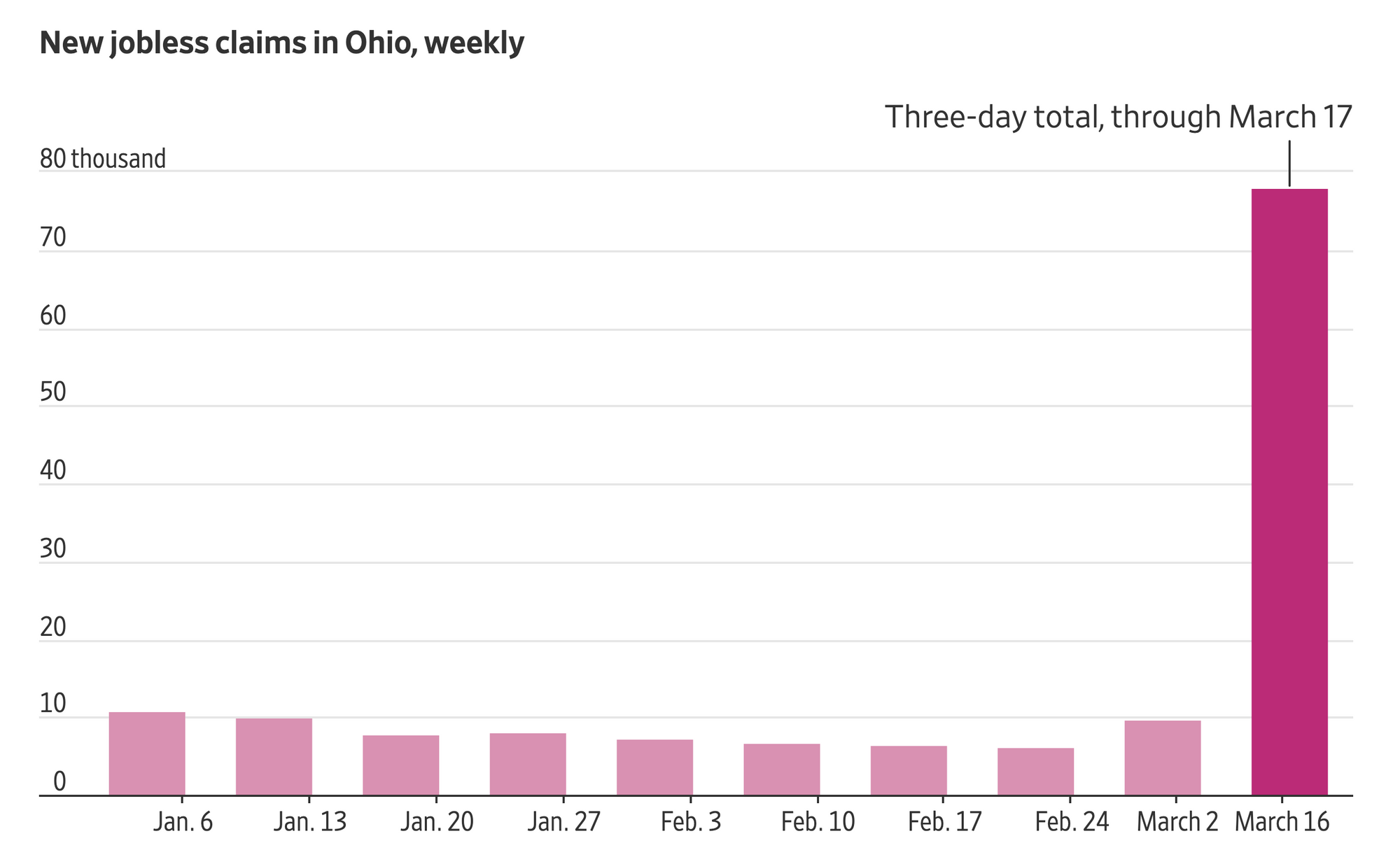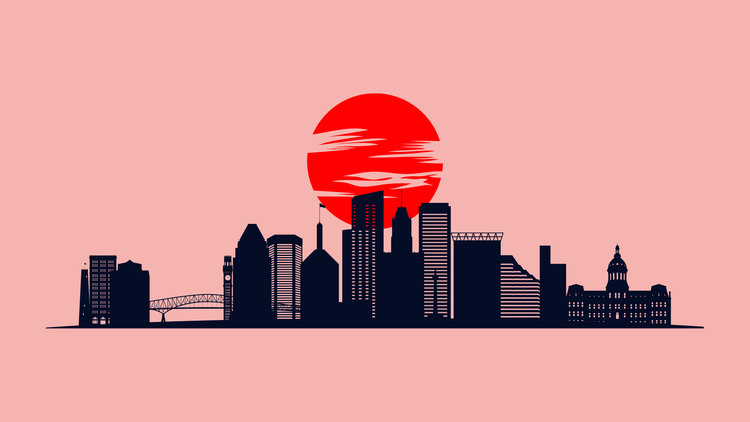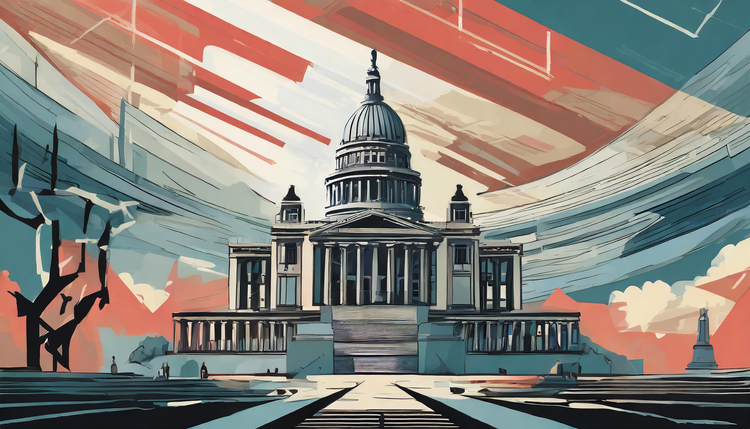COVID's Supply and Demand Problem
COVID is confusing and scary as hell, but it can be best understood as a problem of demand and supply.
Demand for testing is high, but supply of tests is low. Demand for treatment is high, but supply of hospital beds is low. Demand for masks, gowns, and ventilators is high, but supply is low. Unfortunately, the problems of supply and demand – medical and economic – are just starting.
The coming three months will be the single worst economic quarter in US history.
Some estimates suggest the economic collapse will be two and a half times larger than anything we have ever seen. Why will a virus crash the US economy?
It starts with how money flows through the US economy. For decades, America's booming economy have become increasingly consumer-driven. Americans make a lot of money and spend a lot of money. Consumer spending accounts for nearly 70% of the US's $20 trillion GDP.
The immediate economic risk is a dramatic collapse in consumer demand. It has already started.
Since last week, unemployment claims around the country have skyrocketed. Pennsylvania, Minnesota, Wisconsin, Indiana, Colorado, and Connecticut are reporting unprecedented surges – 10x-type increases – of unemployed people seeking assistance. By next week, most states will be looking at numbers like Ohio.

On this trajectory, millions of our neighbors and friends will be jobless by summer. And when they are out of work, they will have less money to spend on things. Soaring unemployment will lead to crashing consumer demand. And it will happen very, very fast.
A dramatic spike in unemployment is only one side of a two-sided demand coin, though. The other side involves public health actions to deal with the damn virus. Millions of still-employed people have or will have COVID.
We just don't know how many because, despite months of warnings, the federal government cannot figure out how to supply an adequate number of COVID tests. To put the supply-testing failure into context, Russia, a country with a state-sized economy, has out-tested the most prosperous country in history. Other much smaller countries have done the same.
Germany is 1/4 the size of the US. It has conducted nearly 50% more #Covid_19 tests.
— brendan hart (@hartcoin) March 21, 2020
The deadly consequences of zero leadership. Never forget.
(From @OurWorldInData) pic.twitter.com/yHrEsDhYVt
The US has three hundred-plus million people. Some significant and growing percentage of them have COVID. We need many more tests to know how far the virus has spread.
As a matter of math, increasing the supply of tests will increase the number of confirmed cases. As the number of confirmed cases goes up, the number of related deaths will rise. And as deaths skyrocket, public health responses will ratchet up.
To bend the virus curve, COVID must be suppressed. Vast restrictions on movements, physical isolations, and closing all places where people gather must happen at once. Whether now or later, it must happen, and, when it does, it will not be short-lived.
The problem is that what's good for public health is very bad for the short-run economy. New York's recent experience is instructive.
New York has run the most COVID tests and, as a result, has the most confirmed cases. More confirmed COVID cases will lead to more confirmed COVID deaths. New Yorkers are now dying at a rate of one per hour. Pandemic math is brutal.
Since COVID is a social virus, people around the state are being ordered to stay at home. Isolated people, even healthy ones, spend less money. Sustained isolation will help New York stop the spread of COVID, but it's like pulling the parking brake on the state's $1.5 trillion economy.
This is not a problem unique to one state. California – which, alone, would be the fifth-largest economy in the world! – is locked down. Twenty-seven states have activated their National Guards. All others will follow.
Will it be enough?
Not right away. COVID is moving faster than the public response to it. Even if the transmission rate is cut in half – at this point, an impossibility – 650,000 Americans will be infected in the next 60 days. At that rate, the demand for care will overwhelm the system's ability to supply it.
As one economist succinctly said: “We’ve never experienced something like this.”
As unemployment and mandated isolations spike, and demand collapses, supply will soon follow. Small businesses will be hit hardest. Firms that were thriving last month won't be around next month.
In the short term, entrepreneurs will do everything they can to keep their firms alive. They will start cutting costs. They will shut down non-essential operations. They will spend less on equipment, advertising, and new purchases. And they will fire people. Millions of people.
It will not matter. Without sufficient demand, half of all small businesses in the US may be dead by May. The cycle will continue until an intervention stops it.
Current proposals won't cut it. As demand spikes, hospitals around the country are facing a massive shortage of supplies. Front-line workers at NewYork-Presbyterian normally use 4000 non-95 masks per day. They are currently using 40,000 per day – 10x their average – to battle COVID. This 10x-number will nearly double within weeks.
That's a one hospital snapshot before the virus has peaked. As more people are tested, confirmed, and in need of critical care support, can supply keep up? Not without a dramatic slowdown of transmission.
The economic proposals are equally bad. Small checks at some point in the unknown future will not boost consumer demand now. A giant consumer-driven economy needs the rocket fuel of demand. Ours has lost it.
On the supply side, small businesses need much more than tax or interest deferments. Marginals interventions, like the ones being proposed, will result in the loss of millions of firms and tens of millions of jobs. Main Street will not be a happy place.
The US economy is crashing at warp speed, and the virus is gaining momentum in the opposite direction just as fast. Any recovery will have to incorporate dramatic surges in both supply and demand.
In a post-COVID world, we will need years to explore how a global pandemic can take down entire economies and whole healthcare systems within a matter of weeks. It will not be pretty, especially for our so-called leaders.





